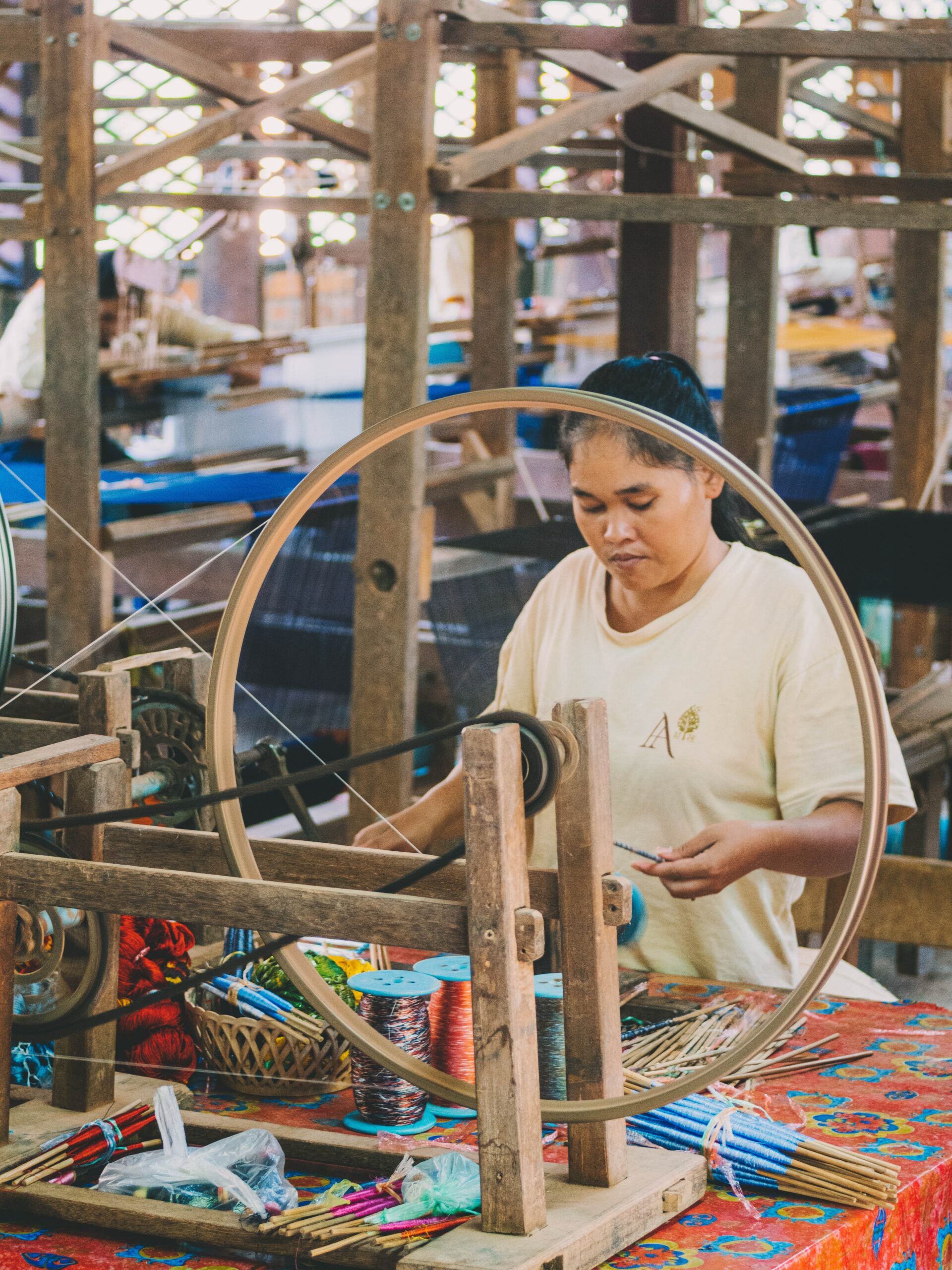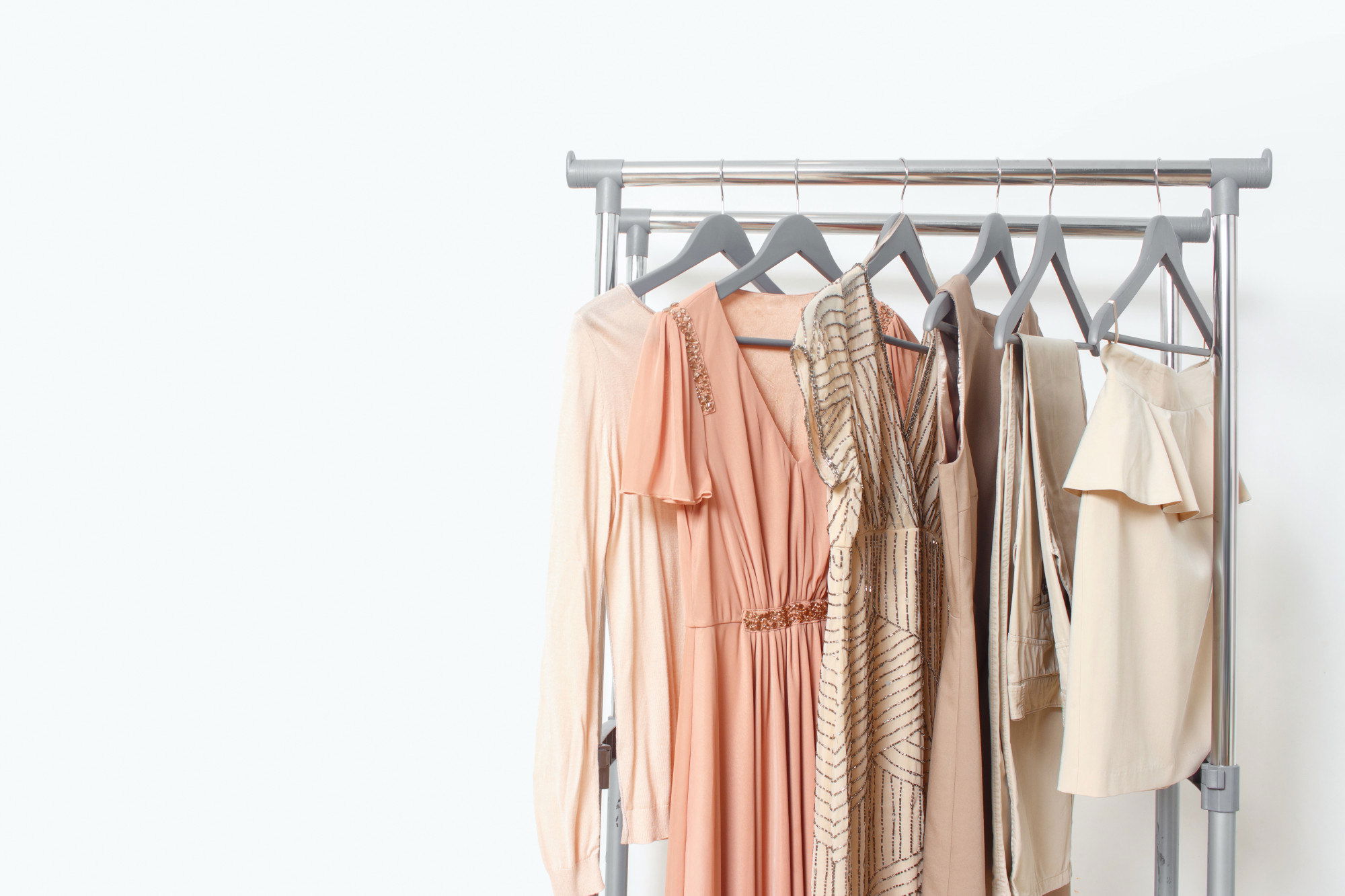Debunking Fashion’s Most Twisted Mystery: What Is Rayon Fabric, And IS IT SUSTAINABLE?
Don’t let the brands greenwash you! Learn the truth about rayon fabric, how it’s made, and if it is sustainable.
Soft as wool, luxurious as silk, cool as linen, and breathable as cotton — Rayon material is the world’s third most famous fabric for all the good reasons. Add low prices and straightforward manufacturing, and your summer wardrobe is sorted.
The fabric even has a reputation for being environmentally friendly. But several studies and surveys over the past couple of decades have uncovered a dark side of rayon’s apparent sustainability.
If you have been on the hunt for summer staples that are comfortable plus stylish, we’re sure you must’ve come across rayon material. But if you are also the one to consider sustainability in all your fashion choices, this article has got you covered.
We’re uncovering all the secrets your favourite rayon/viscose scarf may be hiding and establishing a firm POV on its sustainability. Once and for all.
So sit tight and keep reading!

What Material Is Rayon Fabric?
Rayon fabric, also known as viscose, is one of the most abundant materials when shopping for dresses. It gives a shiny and luxurious finish as silk but is breathable and sweat-absorbent, making it a summer staple.
You will find it in almost all collections — casual, semi-formal, and formal.
It is a popular silk alternative often dubbed “artificial silk.” Plus, the fact that it is derived from plant-based materials makes it even more popular.
Is rayon a natural fibre?
Rayon material is essentially wood pulp. Knowing that you may be tempted to label it a natural fibre which many manufacturers and fashion brands even do. But misleading marketing doesn’t change the fact that its production involves several chemicals and artificial materials.
To summarise, it is best to call rayon or viscose a semi-synthetic fibre.
How is rayon made?
Much of the “is rayon a natural fibre” debate can be settled by studying its manufacturing process. Even though the raw material comes from plants, several chemicals are added to change its composition.
Here is a step-by-step elaboration of how rayon is made:
- The fibre comes from the wood pulp of beech or pine trees. These are called cellulose fibres.
- The cellulose fibres are treated and purified with caustic soda, a very strong alkali.
- Since the chemical is so strong, it turns the fibres into a viscous liquid form, hence the name viscose.
- The fibrous mixture is then squeezed in between rollers and then crumbled.
- The white crumb is exposed to several other powerful chemicals to make it yellow, ripe, and filtered.
- A machine then spins this mixture into fibres.
- The fibres are again treated with harsh chemicals such as sulfuric acid to turn them into filaments used in clothing.
So now, you tell me: Is rayon a natural fibre?

But Is Rayon Sustainable?
We classify things as sustainable if they tick all of the following points:
- Natural material source
- Eco-friendly production
- Durability
- Biodegradability
- Social responsibility
Let’s discuss rayon according to each of these terms to finally understand if rayon fabric really is sustainable.
1. Material source
This one’s a little in the grey. The primary material source for rayon is tree pulp which is both natural and plant-based. But you cannot neglect that several harsh chemicals are being used as a resource in its production process. So much so that rayon is now considered a semi-synthetic fabric instead of a natural one.
Therefore, it is safe to say that when it comes to a natural material source, rayon gets zero points.
2. Production
Go back to the step-by-step production process we discussed above. Do all the chemicals make it seem eco-friendly? Uh, no!
Because these chemicals don’t just stay in the factories. They escape the working premises or are dumped after use and are inevitably added to the atmosphere and water resources.
Here are a few ways rayon fabric loses the eco-friendly production battle:
- Poisonous gases such as sulfur, nitrous oxides, carbon disulfide, and hydrogen sulfide are emitted during manufacturing.
- Nitrates, phosphates, iron, zinc, oil, and grease are dumped in the water, which is toxic and hazardous to aquatic life.
- The process utilises copious amounts of water and is extremely energy-intensive.
- Raw material for rayon comes from trees which leads to deforestation. According to CanopyPlanet, more than 150 million trees are cut down yearly to manufacture cellulose fabric.
- Rayon is susceptible to wrinkles when wet and will consume extra energy when you iron it every time.
3. Durability
Is rayon a durable fabric? No, it isn’t.
The fibres are very vulnerable when they are wet. So you must be extra cautious, or it’ll lose shape while washing. It is also prone to shrinking and is heat sensitive. So there are quite a few ways to cut its life short if you are not diligent while caring for it.
So, durability = 0
4. Biodegradability
This is the one side of rayon that most brands market the hell out of!
Rayon is biodegradable. In fact, it is even more biodegradable than cotton. It means that rayon fabric will automatically decompose when disposed of and end up with dirt after a reasonable time. So it doesn’t crowd the landfills as many synthetic materials do.
Durability = 1; we finally have a point for Rayon!
5. Social responsibility
The highly toxic manufacturing process of viscose rayon is not just harmful to the environment. It is also a primary culprit behind compromised workers’ health and safety concerns.
According to Paul David Blanc in his book Fake Silk: The Lethal History of Viscose Rayon, poisoning from carbon disulphide used in rayon-producing factories has resulted in several mental disorders such as Parkinson’s, insanity, paralysis, nerve damage, and higher chances of stroke and other heart diseases.
Sulphuric acid, another chemical used to treat tree pulp, is a highly toxic and corrosive chemical which causes burns, eye and skin irritation, lung damage, and reproductive complications. Similarly, caustic soda is also extremely corrosive and causes eye damage if it comes in contact with the workers.
The occupational and environmental hazards are so severe that rayon fabric production is now prohibited in the U.S. and most of Europe. But the problem persists with the manufacturing units shifted to and widespread in southern and eastern Asia.
These factories show poor working conditions and a lack of proper protective equipment for their workers. Unfair wages and exploitation of employee rights are also common issues.
It is safe to say that rayon production is a non-ethical and socially irresponsible process.

Let’s look at our list of sustainability criteria now:
- Natural material source
- Eco-friendly production
- Durability
- Biodegradability
- Social responsibility
With just one item checked off from the list, rayon’s sustainability looks compromised and here is your cue to look for alternate options.
Subscribe to our newsletter and save!
Join the SIS community and get 10% off your next purchase.
So It’s Established: Rayon Is As Unsustainable As Polyester — What Are The Alternatives?
Now that we are over the debate for rayon’s sustainability, here are a few options that are worth consideration:
1. Modal Rayon
Modal is close kin to rayon fabric, being produced from the same raw material, tree pulp. But the trees used here are sustainably harvested and are primarily beech trees.
It is breathable, more durable, soft, and widely used in undergarments, pyjamas, bedsheets, and bedspreads. It is also usually blended with other materials like cotton for versatility.
But the best part is that Modal is much more sustainable and eco-friendly than conventional rayon material. The chemicals used in the production are organic and do not threaten the health of the workers or the environment.
Click here to read more about modal and its advantages.
2. Lyocell rayon
Lyocell is also sustainable like modal but uses sustainably harvested eucalyptus trees instead of beech.
The fabric feels much silkier than modal and can be used in formal wear, party dresses, and anywhere you’d like to replace silk with an eco-friendly option.
It is also much more durable than it looks and wrinkle-resistant, super breathable, and has an organic, eco-safe, and ethical production line.
Click here to learn more about the soft and silky world of lyocell.

Our Two Cents On Rayon Material And Its Sustainability
Rayon viscose may be soft, durable, silky, and cheap, but the many pros do not outweigh the one con staring all of us in the face…
Rayon is NOT sustainable, not eco-friendly, and extremely unethical.
And you’re better off with its greener alternatives, Modal and Lyocell. Tencel is a global brand that produces high-grade modal and lyocell fibres used by several fashion brands.
Check out the best Tencel range at the Swiss Impact Store.

Making Sustainable Lifestyle Transformation Easy
SiS is more than a simple e-commerce platform. Our mission is to encourage, help, and inspire people to look for sustainable sourcing, reduce production waste, carbon footprint, and make conscious choices.
Whether you’re on the hunt for sustainable clothing, clean beauty, or ethical homeware, our team has done the hard work for you, carefully screening brands before ever being displayed at SIS.
So all that’s left for you is to shop with peace of mind.